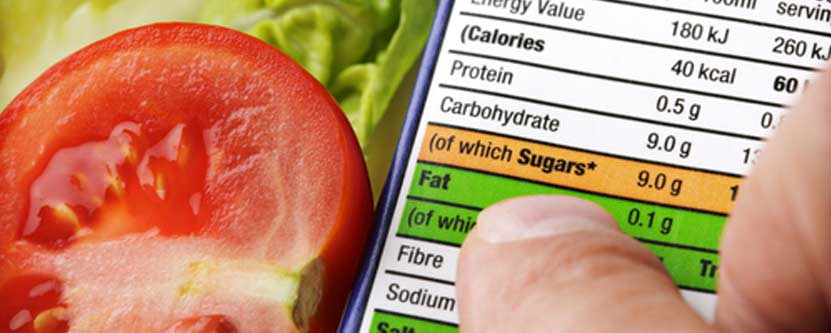Food is the main source of energy for the functioning of our body and our food choices affect our health. Good nutrition is essential to lead a healthy lifestyle. It helps us to maintain healthy body weight, reduce the risk of lifestyle diseases like diabetes, hypertension, obesity and heart diseases and to promote our well being.
[the_ad id=”6287″]
While we understand the role of food in our health, owing to our busy schedule, we spend less time for cooking.
Our lack of time results in us purchasing instant and ready to eat foods. Often, in a hurry, we fail to check the food labels which in turn can impact our health. These labels provide nutritional information that helps us to know the serving size, calories, total fat, sodium, sugar, fiber and other vital nutrients. Most food items do have food labels attached to them.
Often, most of these quick foods are high in sodium, sugars, low in fiber and other nutrients. Consuming them may lead to various lifestyle diseases and reading of food labels helps us to make better food choices. It also gives us information on the presence of allergens like gluten, lactose, soy, egg, and nuts and helps us to avoid any food intolerance or allergic reactions.
Things to keep in mind while reading the Nutrition facts label:
- Check serving size – Pay attention to the serving size. Especially the number of servings the packet serves. E.g 1/2 serving, 1 serving or more.
- Check total calories per serving and container – Find out how many calories per serving. Eating 2 serving size means that we are consuming double the calories.
- Limit certain nutrients – Watch out for foods that are high in total fat, saturated fat, trans fat, sodium and limit their intake.
- Get enough beneficial nutrients – Proteins, vitamins and minerals are essential for our health and should be included in adequate amounts.
- Understand % Daily value – This shows the amount of nutrients in one serving of food. It tells us whether a food is high or low in a specific nutrient. For example, 5% DV or less of a nutrient per serving is low and 20% DV or more of a nutrient per serving is high.
Source:

